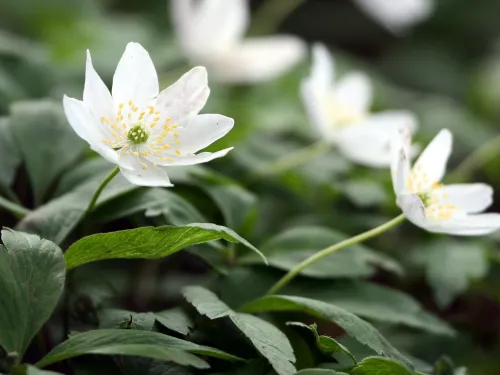
Wood Anemone
A spring delight, the wood anemone grows in dappled shade in ancient woodlands. Traditional management, such as coppicing, can help such flowers by opening up the woodland floor to sunlight.
Want to learn more about wildlife near you? You're in the right place, search below and discover the nature you can help protect in Kent.

A spring delight, the wood anemone grows in dappled shade in ancient woodlands. Traditional management, such as coppicing, can help such flowers by opening up the woodland floor to sunlight.
Look for wood avens along hedgerows and in woodlands. Its yellow flowers appear in spring and provide nectar for insects; later, they turn to red, hooked seedheads that can easily stick to a passing animal.

The lilac-blue wood blewit grows in woodland and parkland. It is edible and gathering wild food can be fun, but it's best to do it with an expert - pop along to a Wildlife Trust event to try it.
Look for the pretty, azure-blue flowers of Wood forget-me-not along woodland rides and hedgerows, and in ancient and wet woodlands. Varieties of this flower for the garden are very popular.
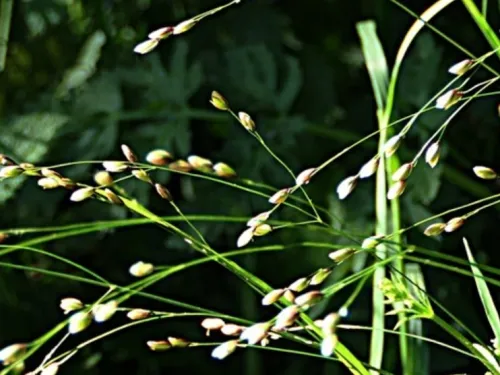
Wood melick is a slender, drooping grass that grows in dense patches in ancient woodlands and along shady banks. It has nodding flower heads, with brown, egg-shaped spikelets that contain the flowers.
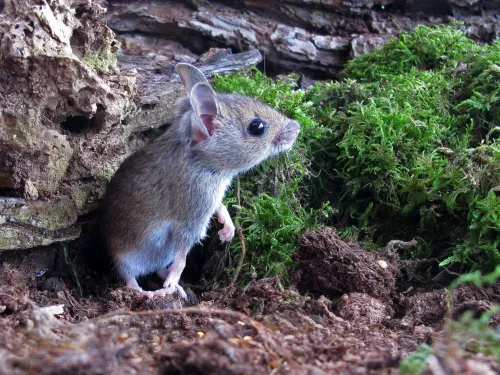
The tiny, brown wood mouse is one of our most common rodents and is very likely to be found in the garden. It is similar to the house mouse, but has larger ears and eyes relative to its size.
Despite having the familiar sage-green leaves, Wood sage has very little scent, so is not a good cooking herb. It can be found on acidic soils on sand dunes, heaths and cliffs, and along woodland rides.
As its name suggests, Wood spurge is found in woodlands. It is an attractive evergreen that displays cup-shaped, green flowers in clusters and dark green leaves.
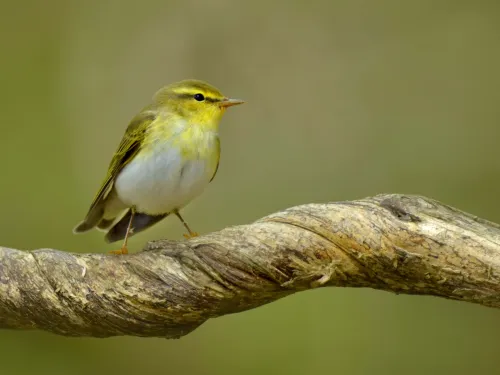
Look for the wood warbler singing from the canopy of oak woodlands in the north and west of the UK. Green above, it has a distinctive, bright yellow chest and eyestripe.
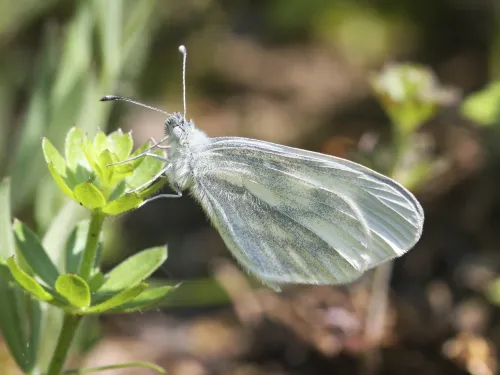
This dainty white butterfly is now only found in a few parts of Britain, where it flutters slowly through woodland clearings.
A delicate, small plant of woodlands and hedgerows, wood-sorrel has distinctive, trefoil leaves and white flowers with purple veins; both fold up at night.
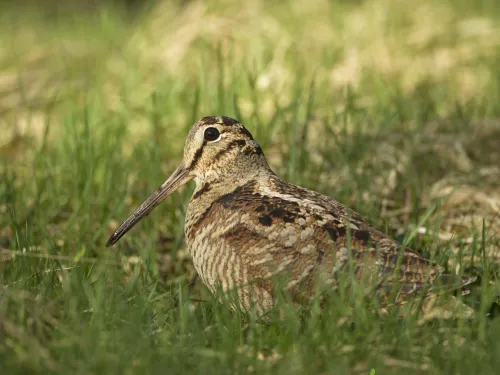
Sometimes known as the snipe of the woods, the exquisitely camouflaged woodcock is mainly nocturnal, hiding in the dense undergrowth of woodlands and heathlands during the day.